Desert tortoises are actually two separate species of tortoise native to the southwestern United States and northern Mexico. The Morafka’s desert tortoise, and the Agassiz’s desert tortoise are the two species known to scientists. These hardy creatures are capable of surviving the harsh desert environment, but are threatened by human activity. Read on to learn about the desert tortoise.
Description of the Desert Tortoise
Desert tortoises have a dome-shaped shell, which is typically tan or dark brown in color. They have heavily scaled front claws used for burrowing, and relatively long rear legs. Male desert tortoises have longer tails than female desert tortoises, and males have a concave shaped underbelly.
Interesting Facts About the Desert Tortoise
Survival in the desert requires extreme measures! Desert tortoises are perfectly adapted for survival in this harsh habitat, and have a number of traits to compensate for the environment around them.
- A True Hermit – Desert sand can reach temperatures of up to 140° Fahrenheit! To escape this heat, desert tortoises spend at least 95% of their lives within their burrows. The tortoises’ burrows protect them from both extreme heat and the extreme cold of winter.
- Keystone Species – The survival of the desert tortoise can make or break the rest of the desert ecosystem. A keystone species is a species that heavily alters the lives of the other animals and plants around them, and, when removed, the entire ecosystem suffers. Because desert tortoises are capable of digging extensive tunnel systems, they provide shelter for a wide range of other species that cannot dig burrows themselves. Without the desert tortoise digging burrows, the populations of the gila monster, white-tailed antelope squirrel, rattlesnake, collared peccary, burrowing owl, Gambel’s quail, and many more species, would suffer heavily.
- Slow All Around – Tortoises aren’t just slow-moving, they are also slow to grow, and slow to reproduce as well. These traits make it difficult for the species to rebound when they are threatened by human activity. It can take 18 years for a desert tortoise to reach 8 inches long, and 15-20 years for them to become sexually mature. This equates to very slow population growth.
- Tortoise Custodians – There is a large population of “pet” desert tortoises, and unfortunately most cannot be released in the wild to bolster the wild population. These pet tortoises are frequently genetic hybrids, or they harbor communicable diseases that could be passed to wild tortoise populations. A pet desert tortoise, or any pet for that matter, should never be released into the wild.
Habitat of the Desert Tortoise
Desert tortoises inhabit desert habitats (of course!), but one of the two species inhabits slightly different types of desert ecosystem. An isolated section of the Agassiz’s desert tortoise lives in the rocky foothills of the Black Mountains of Arizona, and the sandy flat areas at the base of those mountains.
Distribution of the Desert Tortoise
These tortoises can be found from the western Mojave Desert in California, to the eastern Sonoran Desert in Arizona. They can also be found as far south as the Sinaloan thornscrub in Mexico.
Diet of the Desert Tortoise
Desert tortoises are herbivores, which means that they eat plants. Most of the tortoises’ diet consists of grasses, but they are also known to eat freshly grown cactus, cactus fruit and flowers, herbs, and wildflowers. The vast majority of their water comes from moisture inside the plants.
Desert Tortoise and Human Interaction
Desert tortoise populations have declined approximately 90% since the 1980s. The biggest threats to the desert tortoise are land development, disease, habitat fragmentation and destruction, invasive plant species, and direct harm from humans.
Land development and habitat destruction has caused fragmentation of the tortoise population. Population fragmentation occurs when populations are physically separated by large spans of tortoise-less area, preventing the populations from breeding, thus reducing genetic diversity.
Humans directly interfere with the survival of the desert tortoise. Tortoises are captured from the wild as pets, killed during land development, and used as target practice. Carcasses of tortoises have been found with bullet holes in their shells.
Domestication
Desert tortoises have not been domesticated, but they have been hybridized with the Texas tortoise as pets.
Does the Desert Tortoise Make a Good Pet
For some individuals the desert tortoise can make a good pet. Through the Tortoise Adoption Program, you can adopt a captive desert tortoise and become its caregiver. The tortoises can never be obtained from the wild, and they must be obtained through the program from another tortoise “adopter.”
Desert Tortoise Care
Your desert tortoise will need a large outdoor space with plenty of area for digging. The tortoise should readily have access to vegetation and water, and should be provided with a den for shelter. Your tortoise should have a well-balanced diet, and the proper vitamins and minerals, to remain happy and healthy.
Behavior of the Desert Tortoise
Tortoise activity depends on the geographical location, time of year, and the species of tortoise. In the Mojave Desert, tortoises are most active during late spring, while in the Sonoran Desert they are most active during early Fall. The tortoises hibernate during the winter, and will typically remain in their burrows from November until February or April.
Reproduction of the Desert Tortoise
Desert tortoises typically mate during the spring and autumn, depending on the species. Male tortoises grow enlarged chin glands at the commencement of the breeding season. A few months after an incredibly awkward mating session, the female will lay four to eight eggs. The eggs will incubate for approximately three to three and a half months before hatching.

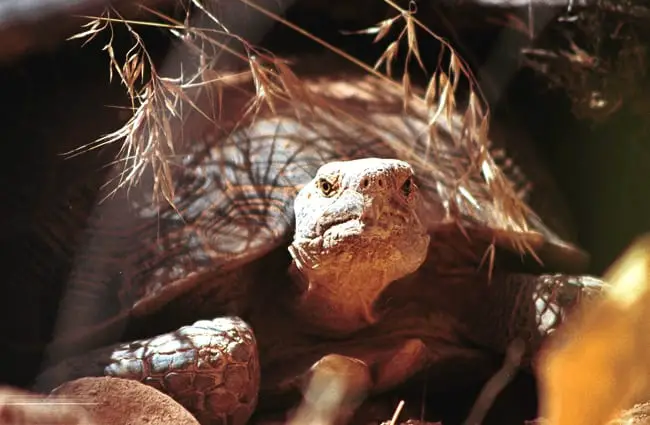
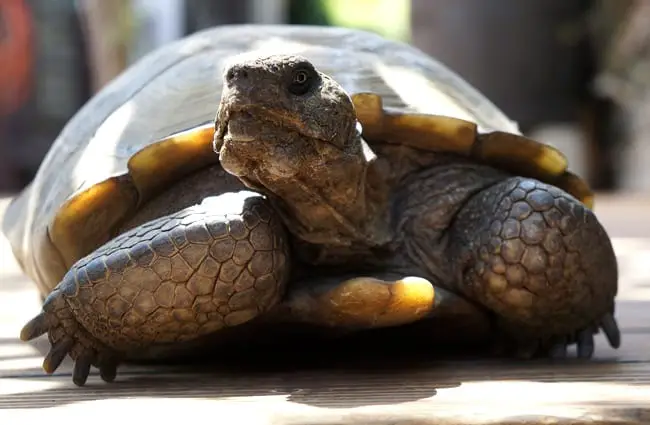

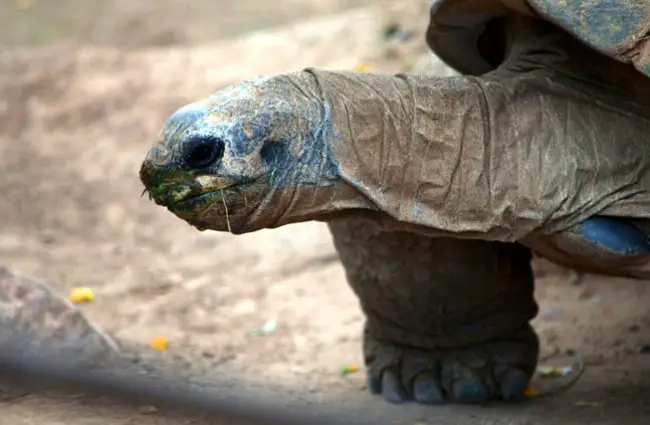
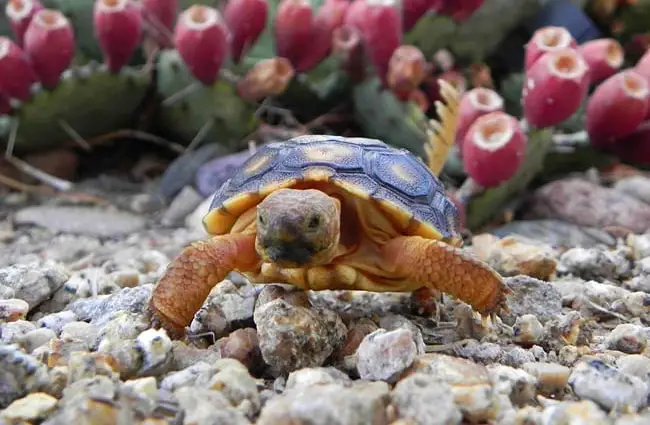
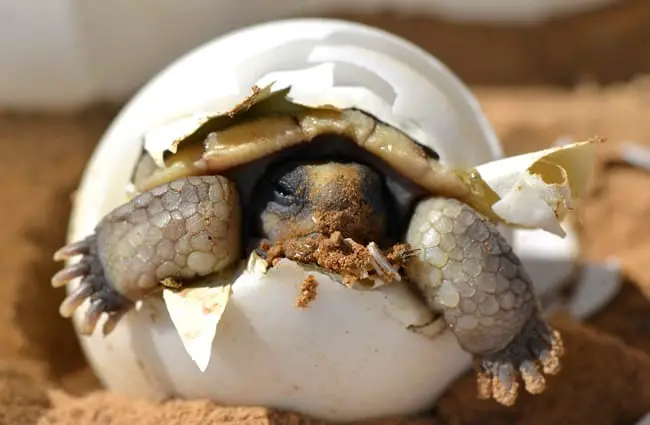
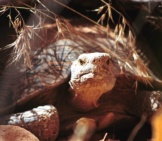
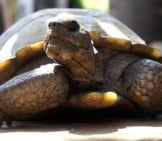


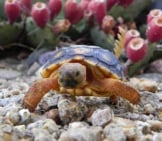

![Red Angus Closeup of a beautiful Red Angus cowPhoto by: U.S. Department of Agriculture [pubic domain]https://creativecommons.org/licenses/by/2.0/](https://animals.net/wp-content/uploads/2020/03/Red-Angus-4-238x178.jpg)












![Red Angus Closeup of a beautiful Red Angus cowPhoto by: U.S. Department of Agriculture [pubic domain]https://creativecommons.org/licenses/by/2.0/](https://animals.net/wp-content/uploads/2020/03/Red-Angus-4-100x75.jpg)

